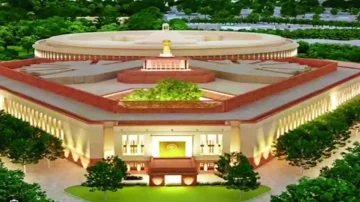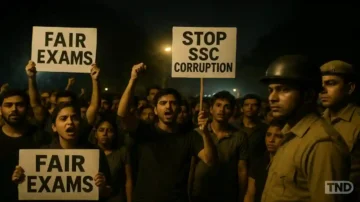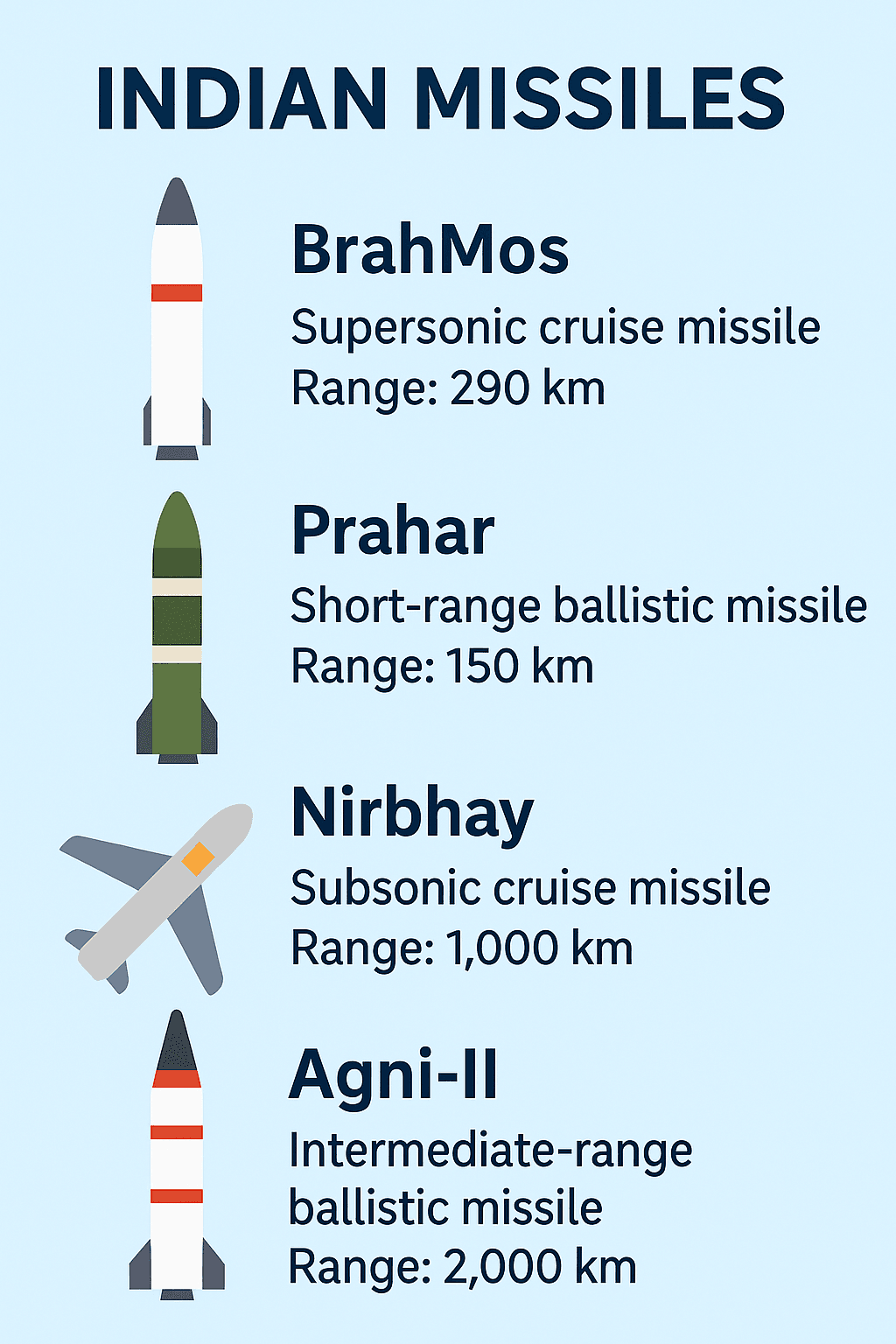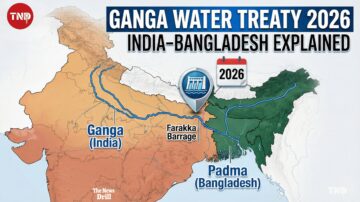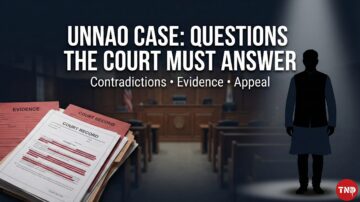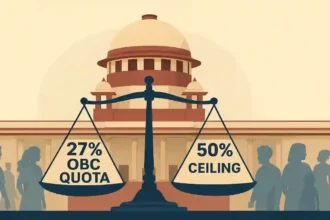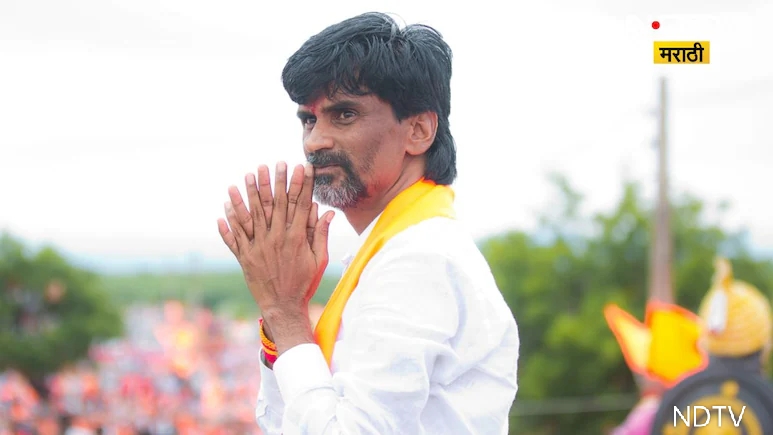
Mumbai – The demand for the Maratha quota has once again reached the streets of Maharashtra, with community leaders issuing stern warnings ahead of a massive protest in Mumbai. “Won’t listen to anyone,” declared one prominent activist, signaling the rising frustration among Marathas who believe successive governments have failed to deliver justice to their demands for reservation in education and government jobs. The agitation is not merely about affirmative action but has evolved into a test of political will, judicial limits, and the balancing act between social justice and constitutional mandates.
16% Reservation Demand
At the heart of the protest is the demand for 16% reservation for Marathas in education and government employment. The community argues that despite being numerically large and politically influential, many Marathas, especially in rural Maharashtra, face educational and economic disadvantages. Activists highlight that agriculture distress, unemployment, and lack of adequate representation in modern sectors have pushed Marathas into demanding affirmative action as a corrective measure.
If this demand is met, Maharashtra’s total reservations would rise to an unprecedented 70%, well above the Supreme Court’s 50% ceiling established in the 1992 Indra Sawhney (Mandal Commission) case. This clash between the Marathas’ aspirations and judicially imposed limits forms the crux of the ongoing debate.
Historical and Legal Background
The issue of the Maratha quota is not new. In 2018, the Maharashtra government under then-Chief Minister Devendra Fadnavis passed a law granting 16% reservation to Marathas under a separate Socially and Educationally Backward Class (SEBC) category. However, in 2021, the Supreme Court struck down the legislation, citing violation of the 50% cap. The Court maintained that Marathas, as a dominant community, could not be treated as backward under constitutional provisions.
Since then, Maratha leaders have sought alternative legal and political routes. Some have pressed for the inclusion of Marathas under the Other Backward Classes (OBC) category, which has sparked tension among existing OBC groups fearing dilution of their share. Others have demanded constitutional amendments or special provisions, similar to those made for states like Tamil Nadu, which have managed to retain higher reservation levels.
Political Ramifications
The Maratha quota issue is as much political as it is social. With Maharashtra heading toward local body elections and the Lok Sabha polls in 2024 casting a long shadow, political parties cannot afford to alienate the Maratha vote bank. The ruling alliance and opposition alike are treading cautiously, expressing sympathy with the protesters while also acknowledging constitutional hurdles.
Chief Minister and Deputy Chief Minister have both urged patience, promising a legally sustainable solution. However, activists argue that repeated assurances without concrete action have eroded trust. The warning of a massive Mumbai protest is not just a message to the government but also a pressure tactic to place the issue at the center of the political discourse.
Social and Economic Angle
The demand for the Maratha quota also highlights deeper socioeconomic issues in the state. The agrarian crisis has hit Marathas hard, given their historical association with farming. Rising farmer suicides, falling incomes, and limited opportunities in urban industries have fueled a sense of deprivation. For many Marathas, reservation is seen as a safety net to access education and secure government jobs in an otherwise uncertain economy.
Critics, however, argue that blanket reservation may not address the root of these challenges. Instead, they suggest targeted measures such as skill development, access to credit, and rural infrastructure improvement. They caution that an over reliance on quotas risks creating social divides without substantially empowering the community.
Legal Deadlock and the Way Forward
The road ahead for the Maratha quota remains fraught with constitutional complexities. The Supreme Court’s reiteration of the 50% cap limits the state government’s room for maneuver. Any attempt to bypass this ceiling without amending the Constitution could face immediate judicial challenge.
Possible solutions being discussed include:
1. Revisiting the OBC Framework – Redefining subcategories within OBCs to accommodate Marathas.
2. Constitutional Amendment – Similar to Tamil Nadu’s approach, which allows reservation above the 50% limit through the Ninth Schedule.
3. Targeted Welfare Schemes – Providing Marathas with economic packages, scholarships, and rural employment programs outside the reservation system.
Each option carries political costs. While Marathas expect tangible benefits, other communities remain wary of losing their share. The government must therefore strike a delicate balance to avoid triggering fresh social tensions.
Conclusion
The latest call for protest underscores the urgency of resolving the Maratha quota crisis. The activists’ uncompromising stance reflects widespread frustration, but the path forward requires more than just political promises. It demands a constitutional roadmap that balances the aspirations of the Marathas with the rights of other communities and the legal framework set by the judiciary.
The agitation in Mumbai is not just about 16% reservation—it is about the credibility of governance, the resilience of constitutional limits, and the future of affirmative action in India’s most industrialized state. Whether Maharashtra’s leaders can navigate this complex terrain will determine not only the fate of the Maratha quota but also the contours of India’s reservation policy in the decades to come.


